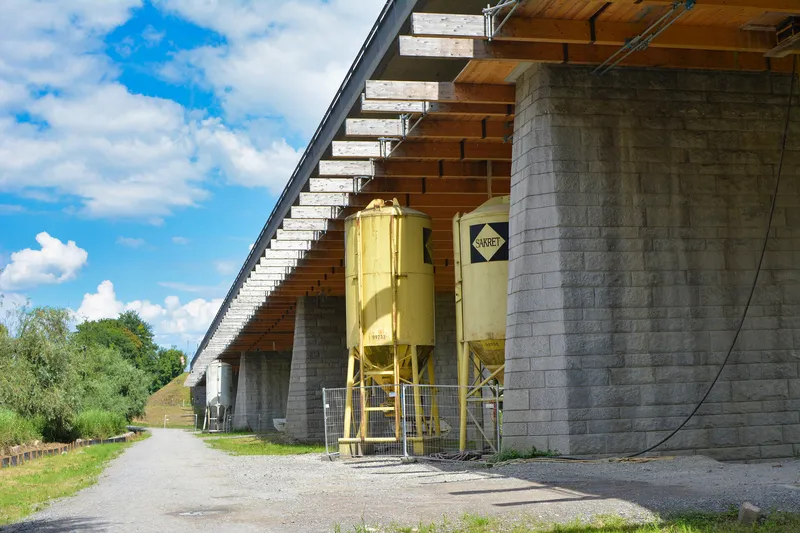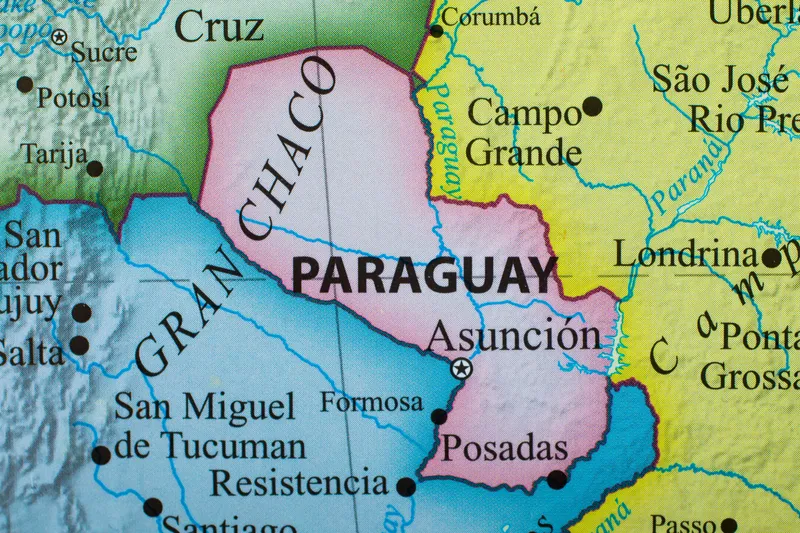New bridge crossings over the Amu Darya River will improve transport connections between Uzbekistan and Turkmenistan. The bridges will open to traffic in early 2017 and will carry both motor vehicles and trains. The bridges have cost around US$123 million to construct. The new links have been needed for some time as existing crossings between the two countries have been insufficient and resulted in long delays. The river forms the border between the two countries for some distance.
December 1, 2016
Read time: 1 min
New bridge crossings over the Amu Darya River will improve transport connections between Uzbekistan and Turkmenistan. The bridges will open to traffic in early 2017 and will carry both motor vehicles and trains. The bridges have cost around US$123 million to construct. The new links have been needed for some time as existing crossings between the two countries have been insufficient and resulted in long delays. The river forms the border between the two countries for some distance.








